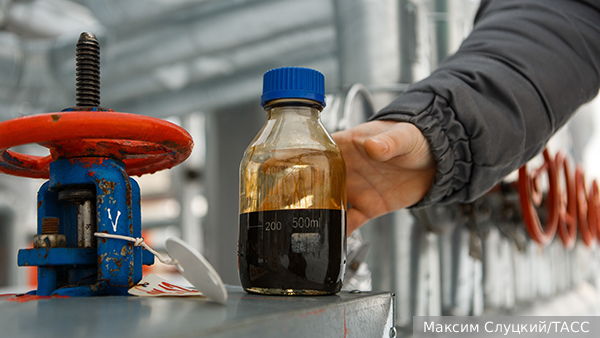
Novak: Russia has reduce the share of oil and petroleum exports to Europe this year to 4-5%
By Rhod Mackenzie
Russia plans to reduce the share of supplies of oil and its products to European countries to 4-5% of total exports by the end of 2024. This was stated by Russian Deputy Prime Minister Alexander Novak live on the Rossiya 24 TV channel on Wednesday 27 December.
"If previously we supplied Europe with a total of about 40-45% of oil and oil products from the total volume of exports, by the end of this year we expect it to be no more than 4-5%," he said.
At the same time, the proportion of oil and petroleum products supplied to China is only increasing. The share of exports to India has also increased, the deputy prime minister noted.
"The main partner in the current situation has become the PRC, whose share has grown to about 45-50%, and of course India. Previously, there were practically no deliveries to India; over two years, the total share of deliveries to India was about 40%," Novak emphasised.
Earlier, on 25 December, Russian President Vladimir Putin signed a law that extends the powers of the Russian government, including allowing it to reduce and eliminate duties on the export of goods to friendly countries.
On 19 December, as part of the 12th package of sanctions against Russia, the EU exempted the Sakhalin-2 oil and gas project, one of the largest complex oil and gas projects involving oil and gas infrastructure for the production, transportation and processing of hydrocarbons, from compliance with the price cap.
On the same day, Slovakia's Economy Minister Denisa Sakova announced that the country would continue to use Russian oil in 2024. According to her, Bratislava had obtained an exemption from the EU to import Russian oil.
On 5 December, Novak announced that Russia intends to increase the reduction of oil and fuel supplies within OPEC+ by 500 thousand bpd from January 2024. According to him, Russia plans to continue working with independent sources to correctly assess the state of the oil market after the voluntary supply cuts.
